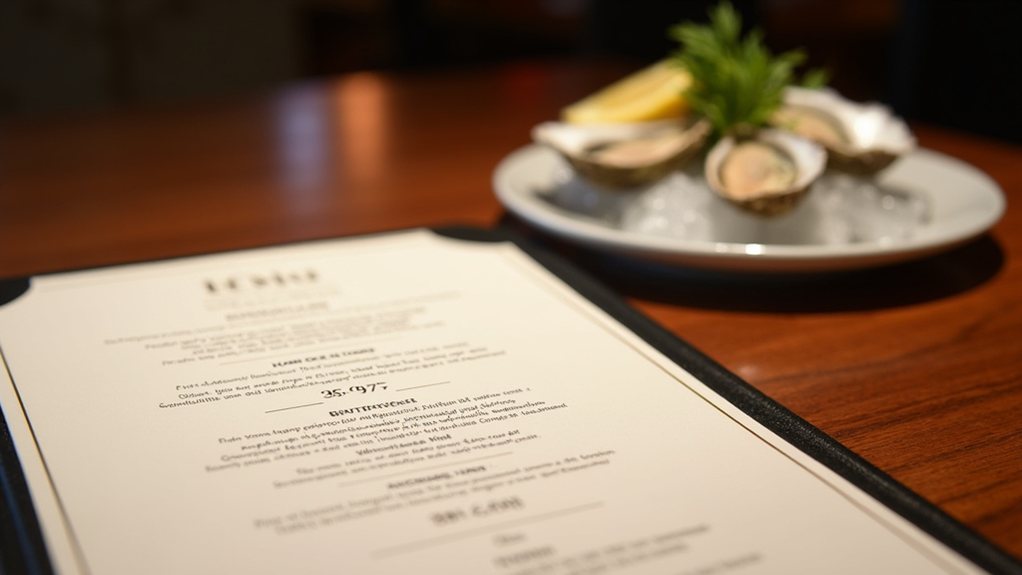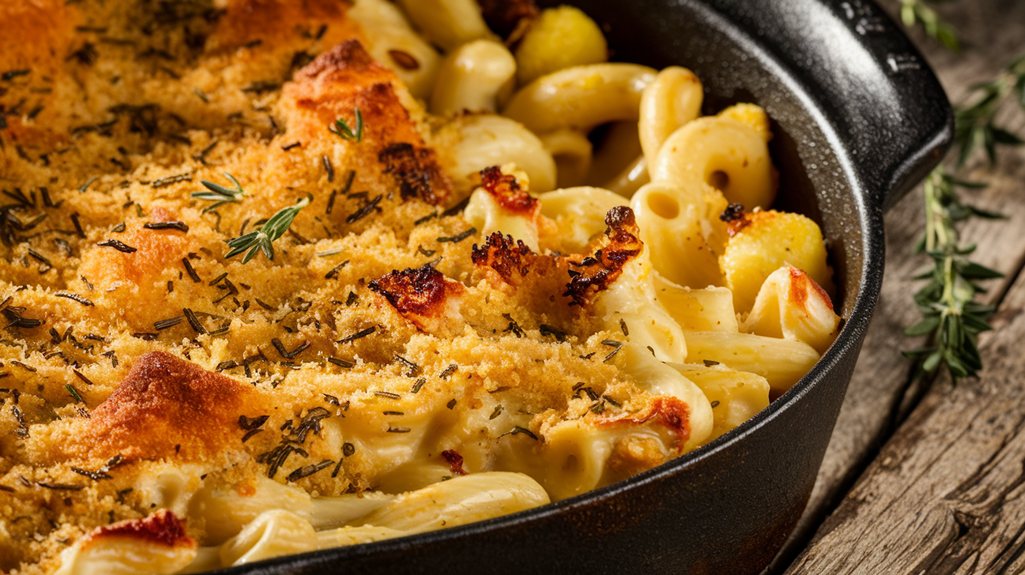Restaurant menu warnings, those small-print cautions about consuming raw or undercooked foods, serve as more than just legal formalities. Celebrated chefs worldwide acknowledge their critical importance for diner safety, particularly regarding items like rare steaks, sushi, and dishes containing unpasteurized eggs. These alerts enable guests to make informed decisions based on their health circumstances, a practice that responsible culinary professionals universally support. The consequences of dismissing these warnings may extend far beyond a simple dining choice.
Menu Warnings: Health Alerts You Shouldn’t Ignore

While many diners casually peruse restaurant menus, focusing primarily on tantalizing descriptions and prices, they may overlook critical warning labels that serve a substantial public health purpose. Those small asterisks next to certain dishes aren’t merely decorative elements but mandated advisories about raw or undercooked foods that could pose health risks.
Even the most celebrated chefs in the culinary world acknowledge the significance of these warnings, which appear on menus in a standardized format, typically printed in capital letters with a minimum font size of 8 points. The items requiring these cautionary notes include more than just rare steaks. Raw or undercooked seafood, unpasteurized eggs in dishes like traditional Caesar salad, shellfish served on the half-shell, and sushi all fall under this requirement.
Restaurateurs must include these warnings, not just as a legal formality, but as a genuine health precaution for consumers who might be particularly vulnerable to foodborne illness. Non-compliance isn’t taken lightly, resulting in potential fines and negative impacts on restaurant grades during inspections.
Studies show these warnings actually influence consumer behavior, with many diners reconsidering their selections after noticing the advisory. This shift demonstrates the effectiveness of transparent messaging, though the impact varies based on the visibility and design of the warning labels. A recent University of California study found that warning labels reduced the likelihood of ordering high-sugar items by 2.2 percent. Consumers generally appreciate this transparency, viewing it as respectful rather than intrusive, allowing them to make informed choices about their dining experiences.
The law offers some flexibility in implementation—restaurants can mark items with asterisks or use alternative wording as long as the core message about health risks remains intact. The placement can vary but must remain visible and consistent across all menu formats, whether printed or digital.
This balance between regulation and flexibility helps restaurants maintain their culinary creativity while upholding public safety standards. Next time you see those asterisks or warnings on a menu, remember they represent a significant intersection of culinary freedom and public health protection, serving as quiet guardians of your dining experience.








